The manufacturing industry has long been a cornerstone of the United States economy, driving innovation, job creation, and economic growth. Over the years, the sector has undergone significant transformations, adapting to technological advancements, global competition, and changing market demands. In this article, we will explore the evolution of the manufacturing industry in the USA, the challenges it faces, and the future prospects for this vital sector.
The Evolution of the Manufacturing Industry in the USA
The history of manufacturing in the USA dates back to the early days of the Industrial Revolution in the late 18th and early 19th centuries. During this period, the introduction of machinery and factory systems revolutionized production processes, leading to the mass production of goods. The rise of industries such as textiles, iron, and steel laid the foundation for the USA to become a global manufacturing powerhouse.
The early 20th century saw the advent of assembly line production, pioneered by companies like Ford Motor Company. This innovation significantly increased production efficiency, enabling the mass production of automobiles and other consumer goods. The post-World War II era further solidified the USA’s position as a global leader in manufacturing, with industries such as aerospace, electronics, and consumer goods driving economic growth.
However, the manufacturing landscape began to change in the latter half of the 20th century. The rise of globalization, coupled with advances in technology and automation, led to the offshoring of many manufacturing jobs to countries with lower labor costs. This shift had a profound impact on the US manufacturing sector, leading to job losses and a decline in certain industries.
Challenges Facing the Manufacturing Industry
Despite its resilience, the manufacturing industry in the USA faces several challenges that threaten its continued growth and competitiveness. Some of the key challenges include:
- Global Competition The global nature of the manufacturing industry means that US manufacturers face stiff competition from countries with lower labor costs and less stringent regulations. Nations such as China, Mexico, and India have become major players in the global manufacturing landscape, often producing goods at lower costs. This has led to increased pressure on US manufacturers to innovate and find ways to remain competitive.
- Technological Advancements While technology has been a driving force behind the evolution of the manufacturing industry, it also presents challenges. The rapid pace of technological change means that manufacturers must continuously invest in new technologies to stay competitive. This includes adopting automation, robotics, and advanced manufacturing techniques. However, these investments can be costly, and small to mid-sized manufacturers may struggle to keep up.
- Workforce Challenges The manufacturing industry is experiencing a significant skills gap. As older workers retire, there is a growing need for skilled labor to operate and maintain advanced manufacturing equipment. However, attracting younger workers to the manufacturing sector has proven difficult, partly due to misconceptions about the nature of modern manufacturing jobs. Additionally, the industry must address the need for ongoing workforce training and education to ensure workers have the skills required for new technologies.
- Supply Chain Disruptions The COVID-19 pandemic exposed vulnerabilities in global supply chains, affecting the manufacturing industry in the USA. Disruptions in the supply of raw materials, components, and finished goods highlighted the need for more resilient and localized supply chains. Manufacturers are now exploring ways to reduce reliance on global supply chains by reshoring production or diversifying suppliers.
- Regulatory and Environmental Pressures The manufacturing industry operates in a complex regulatory environment, with stringent environmental and safety regulations. Compliance with these regulations can be costly and time-consuming. Additionally, there is growing pressure for manufacturers to adopt sustainable practices and reduce their environmental footprint. Balancing regulatory compliance with cost-efficiency and sustainability is a significant challenge for the industry.

Manufacturing Industry USA
Future Prospects for the Manufacturing Industry
Despite the challenges it faces, the future of the manufacturing industry in the USA holds promise. Several trends and developments are shaping the industry’s future and offering new opportunities for growth and innovation.
- Advanced Manufacturing Technologies The adoption of advanced manufacturing technologies is set to play a crucial role in the future of the industry. Technologies such as 3D printing, artificial intelligence (AI), the Internet of Things (IoT), and robotics are transforming manufacturing processes. These technologies enable manufacturers to produce goods with greater precision, efficiency, and customization. They also offer opportunities for reshoring production and creating high-quality jobs in the USA.
- Sustainability and Green Manufacturing As environmental concerns continue to grow, sustainability is becoming a key focus for the manufacturing industry. Green manufacturing practices, which prioritize energy efficiency, waste reduction, and the use of renewable resources, are gaining traction. Manufacturers that embrace sustainability can not only reduce their environmental impact but also enhance their brand reputation and appeal to environmentally conscious consumers.
- Reshoring and Localization The challenges posed by global supply chain disruptions have led to a renewed interest in reshoring manufacturing to the USA. By bringing production closer to home, manufacturers can reduce supply chain risks, improve quality control, and respond more quickly to market demands. Additionally, reshoring can contribute to job creation and economic growth in local communities.
- Workforce Development and Education Addressing the skills gap in the manufacturing industry will be critical to its future success. Efforts to attract and retain a skilled workforce are underway, with initiatives focused on promoting careers in manufacturing and providing training programs. Partnerships between industry, educational institutions, and government agencies will play a key role in developing the next generation of manufacturing talent.
- Public Policy and Investment Government policies and investment in the manufacturing sector will also shape its future. Initiatives aimed at supporting advanced manufacturing, infrastructure development, and research and development (R&D) can provide the industry with the resources needed to innovate and grow. Additionally, policies that promote fair trade and protect intellectual property rights will be essential to maintaining the USA’s competitive edge in the global market.
Conclusion
The manufacturing industry in the USA has a rich history of innovation and resilience, and it remains a vital component of the nation’s economy. While the industry faces significant challenges, including global competition, technological advancements, and workforce issues, it is also poised for growth and transformation. By embracing advanced manufacturing technologies, sustainability, and workforce development, the industry can continue to thrive in the years ahead. The future of manufacturing in the USA will be shaped by the ability of businesses, policymakers, and educators to work together to overcome challenges and seize new opportunities.
FAQS
1. What are the main challenges facing the manufacturing industry in the USA?
The main challenges include global competition, technological advancements, workforce shortages, supply chain disruptions, and regulatory pressures.
2. How is technology influencing the future of manufacturing in the USA?
Technology is driving significant changes in manufacturing through advancements such as 3D printing, AI, robotics, and IoT, which enhance precision, efficiency, and customization.
3. What role does sustainability play in the future of the manufacturing industry?
Sustainability is increasingly important, with manufacturers adopting green practices to reduce their environmental impact, improve efficiency, and appeal to eco-conscious consumers.

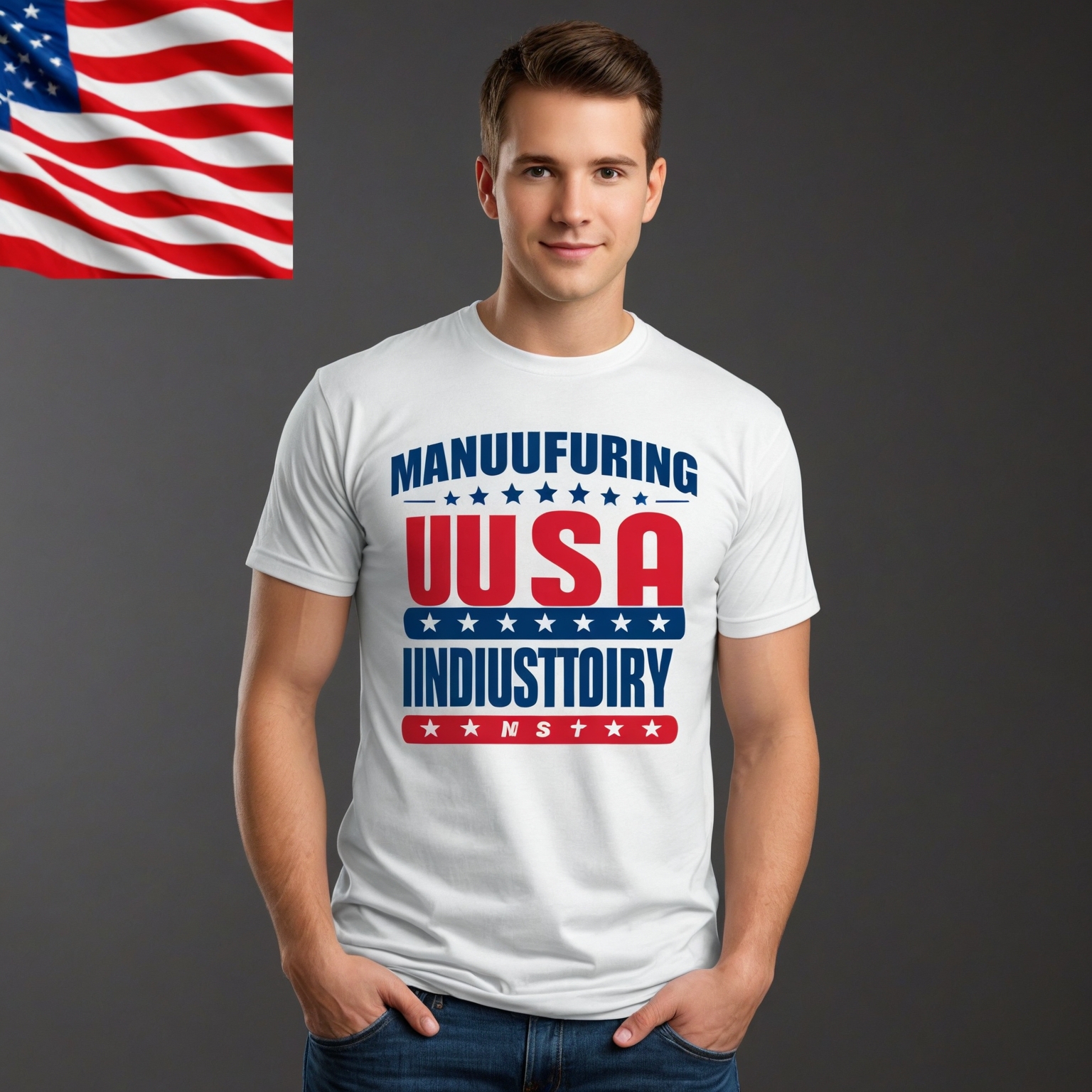


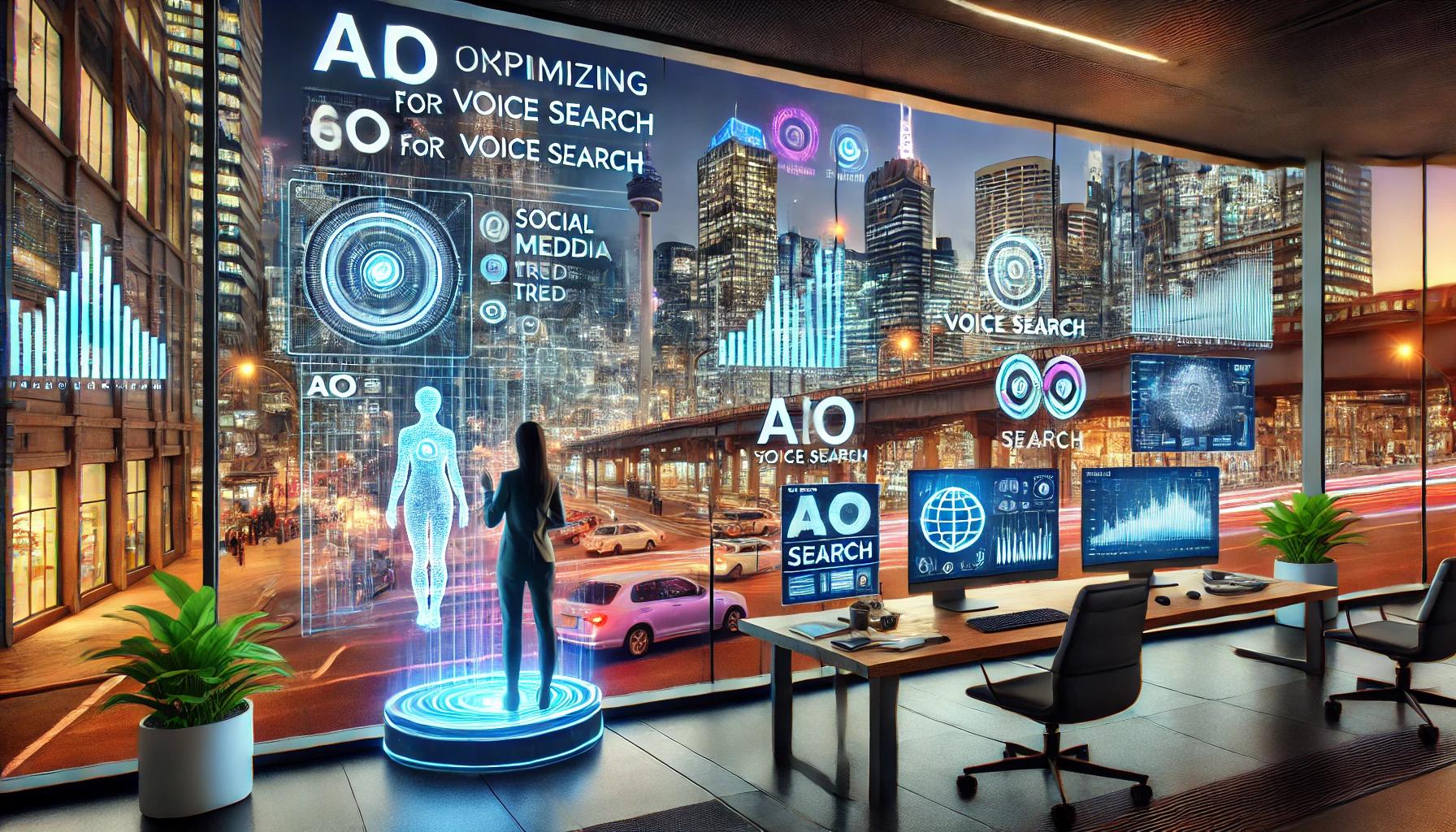


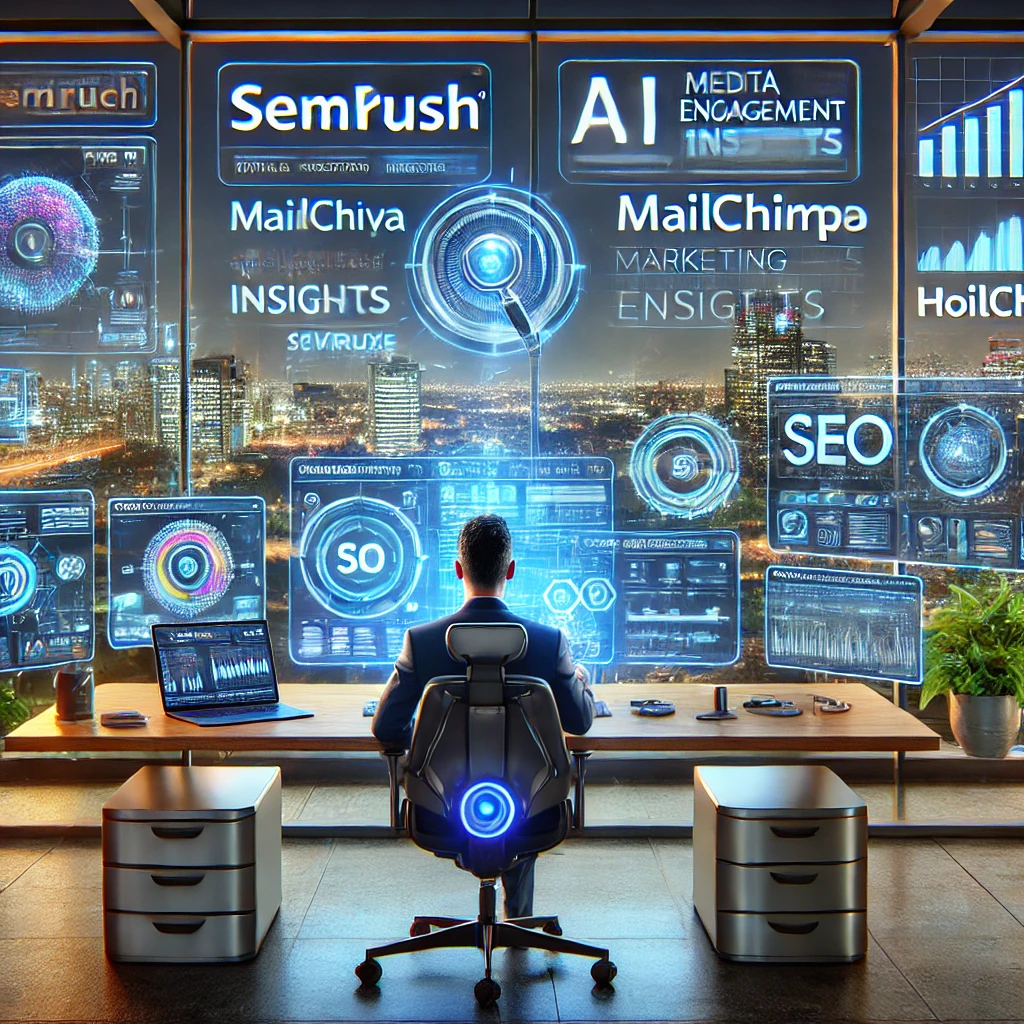
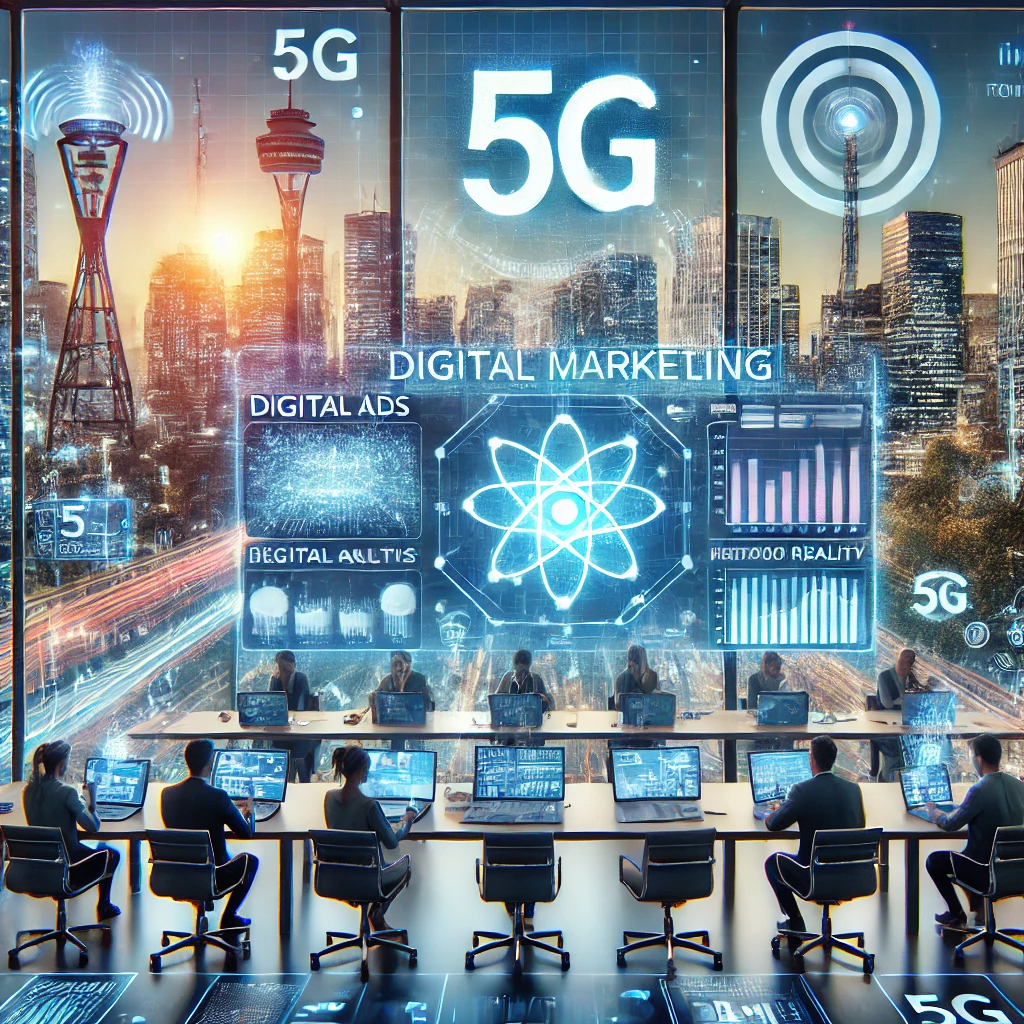


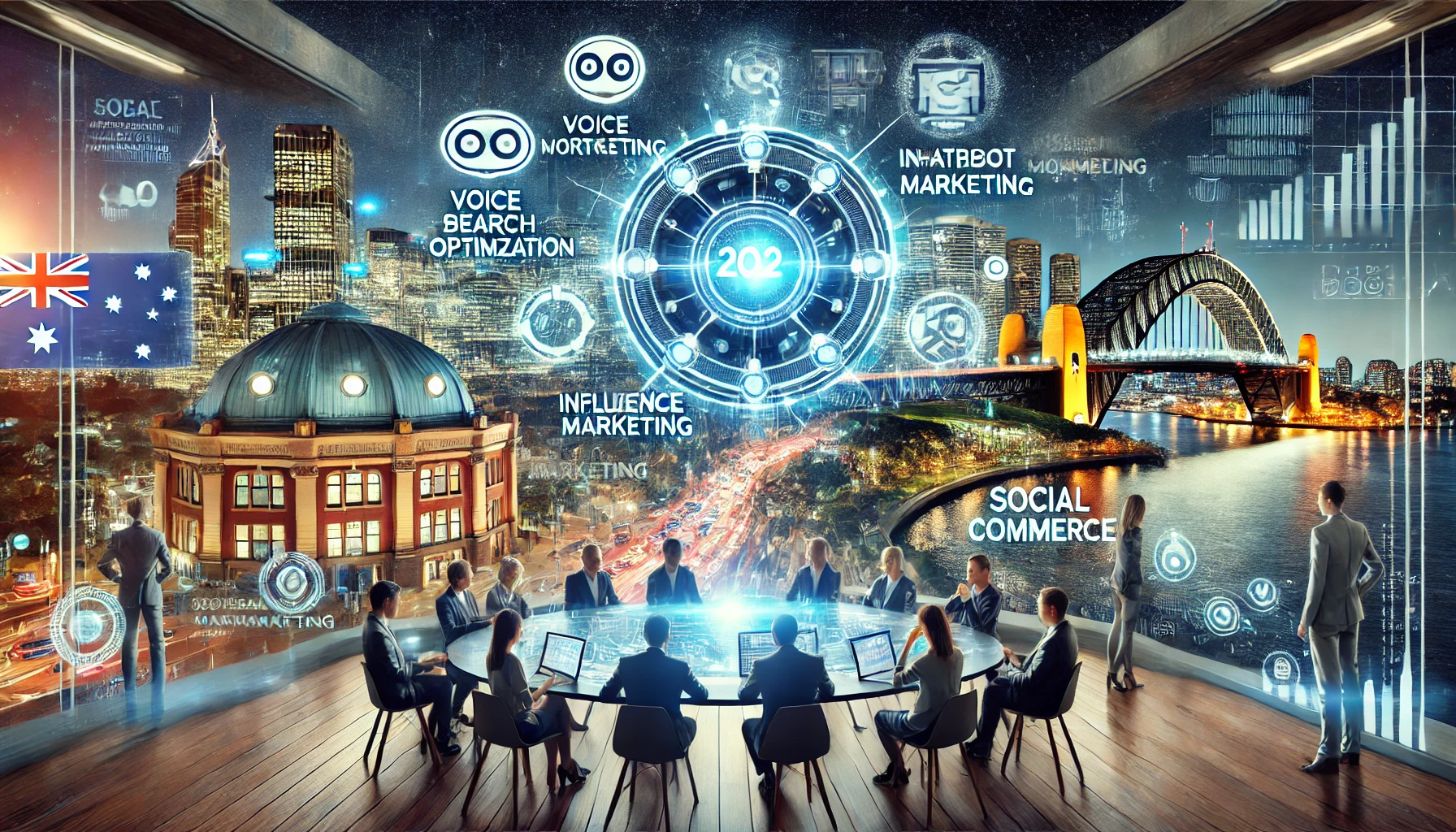
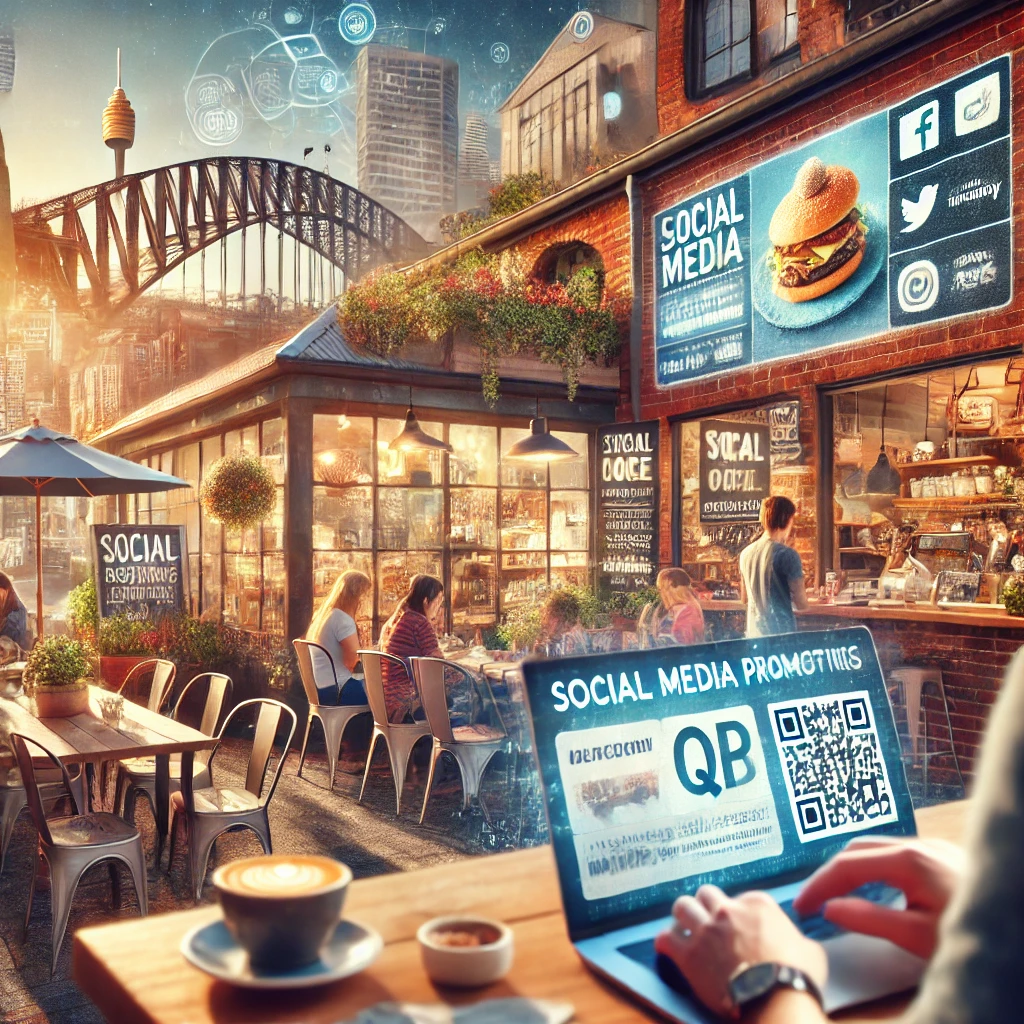
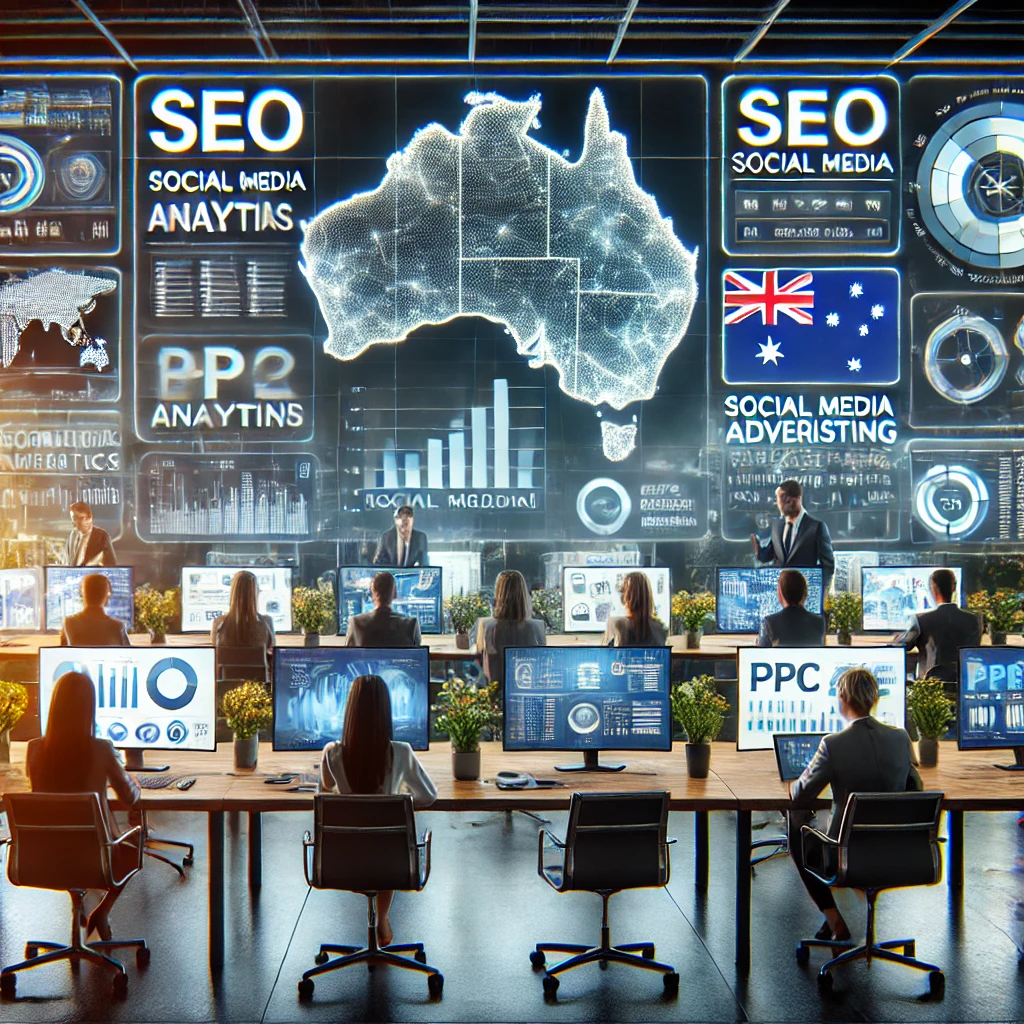
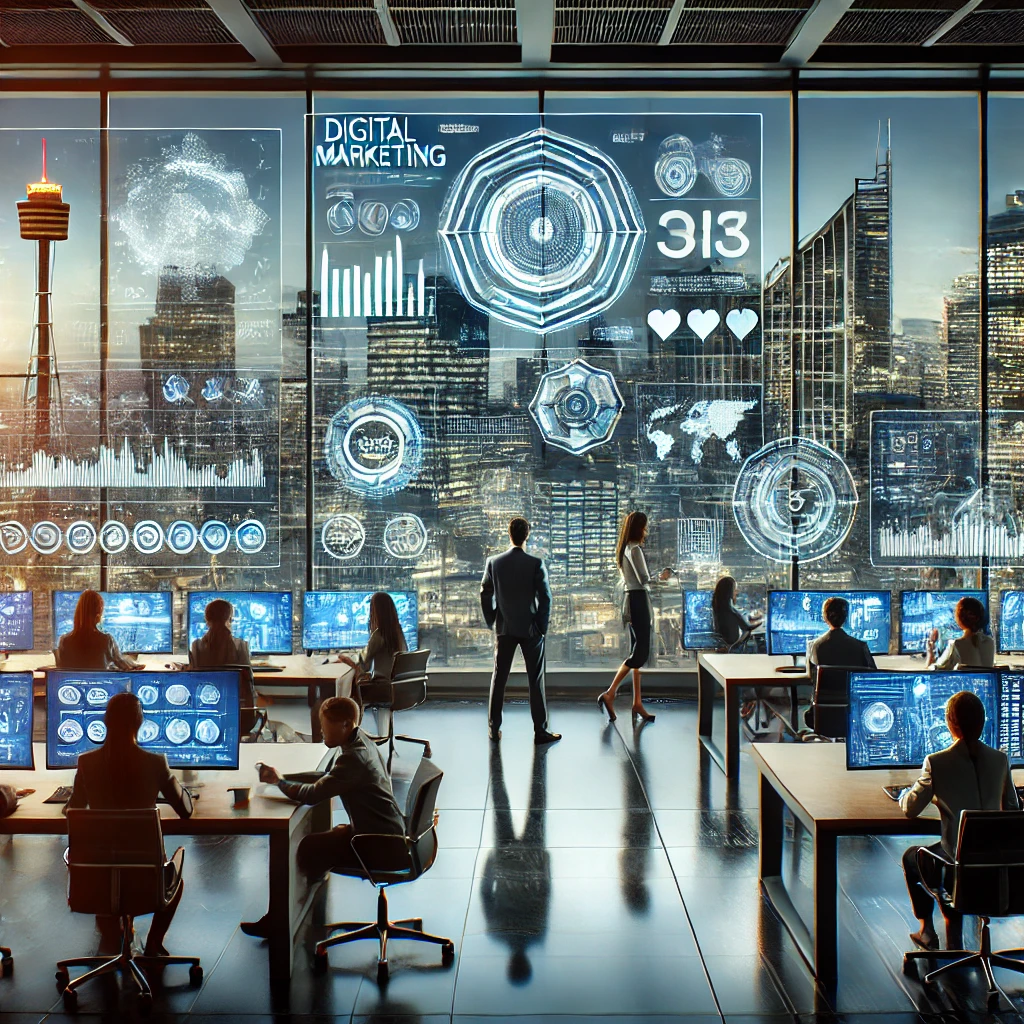
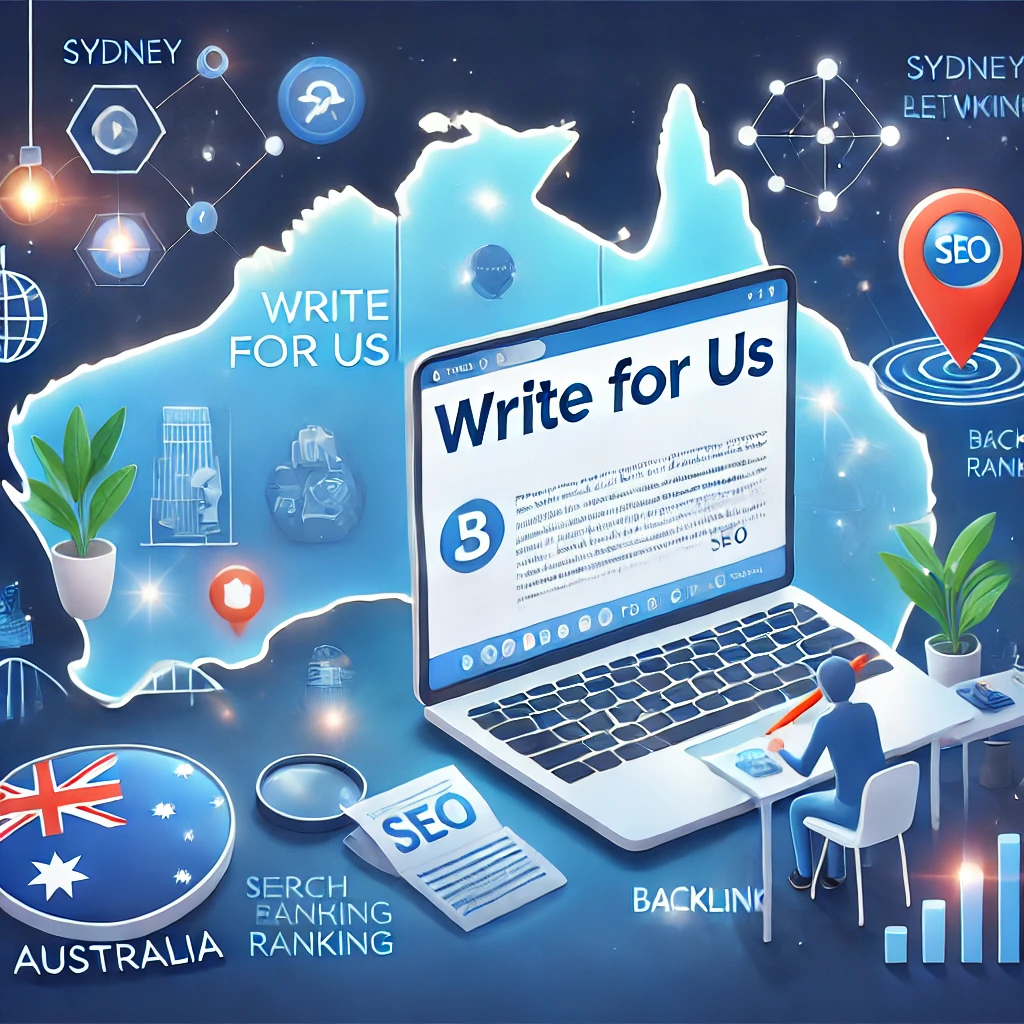



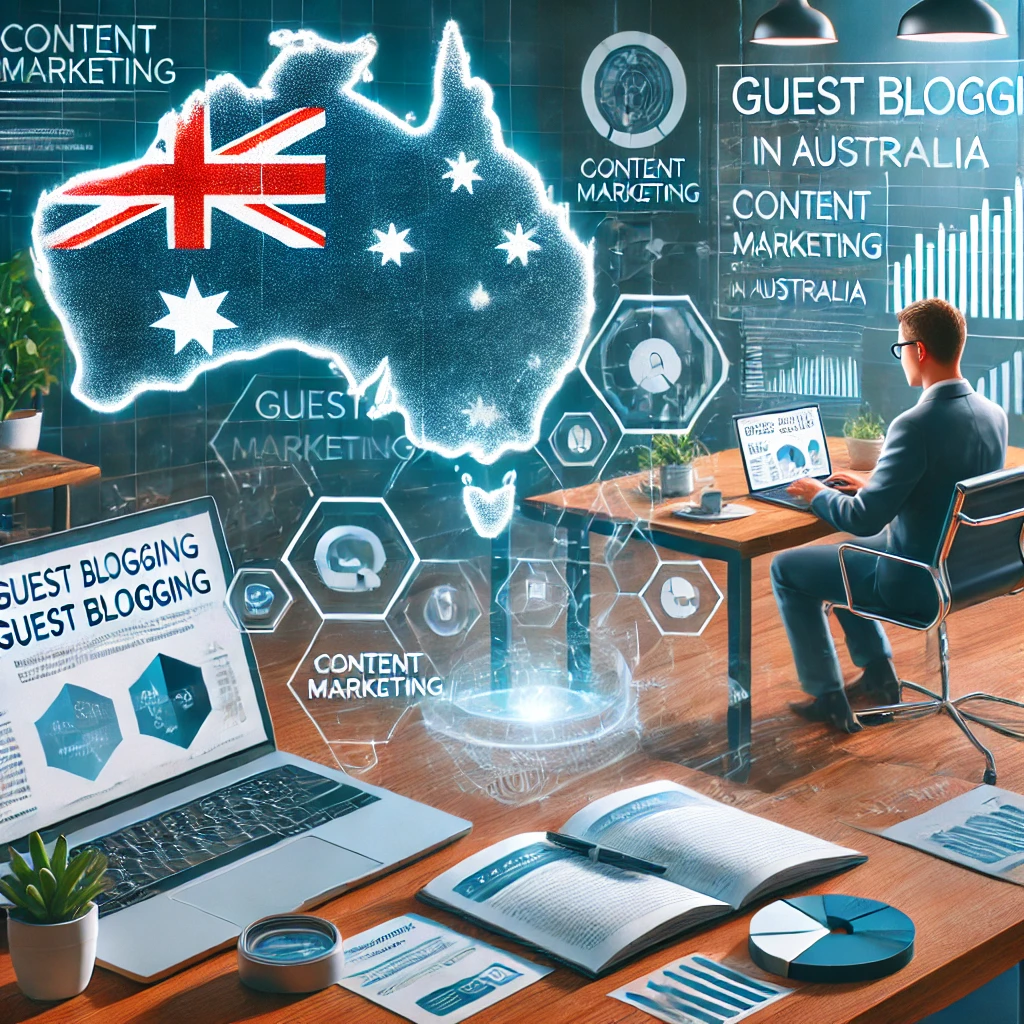






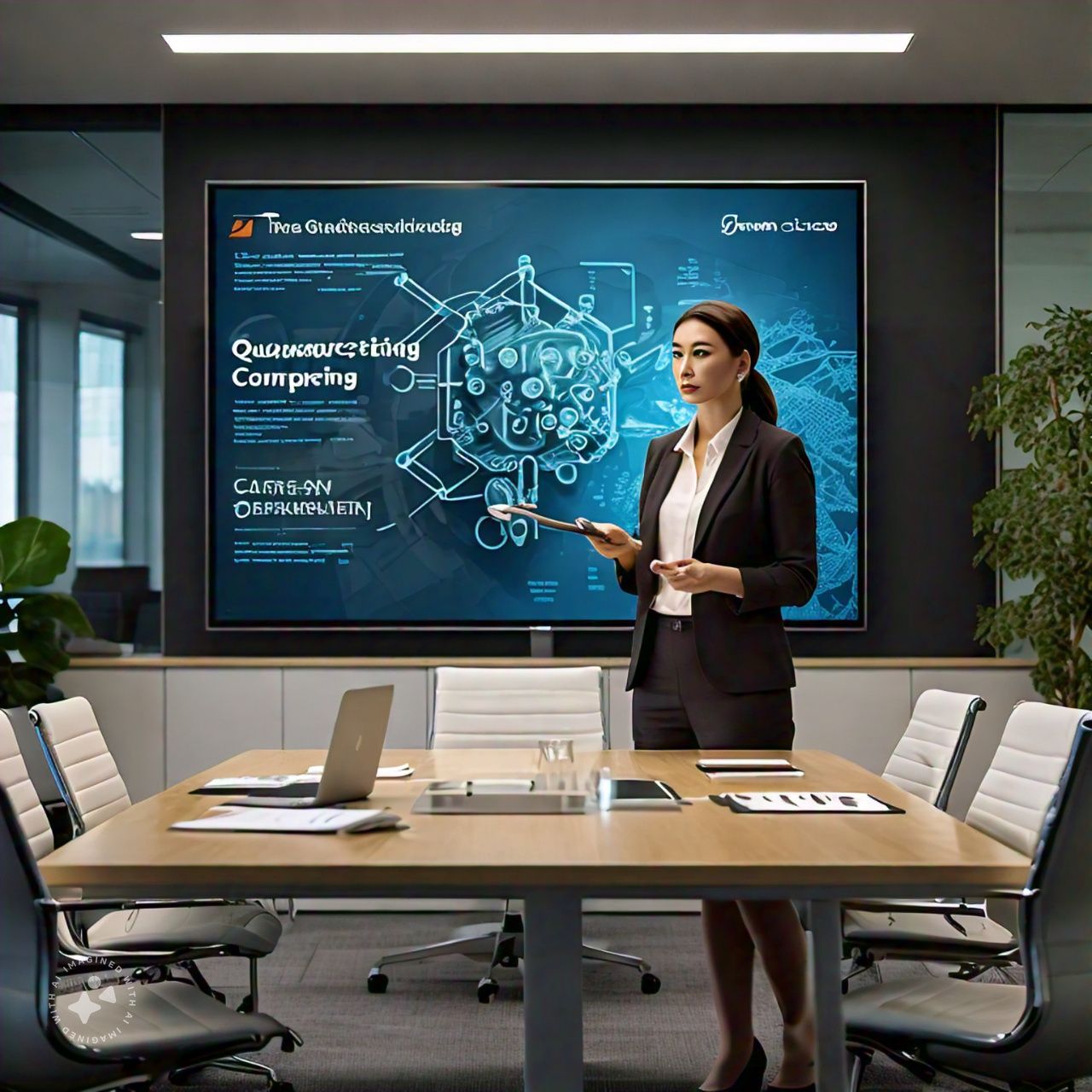
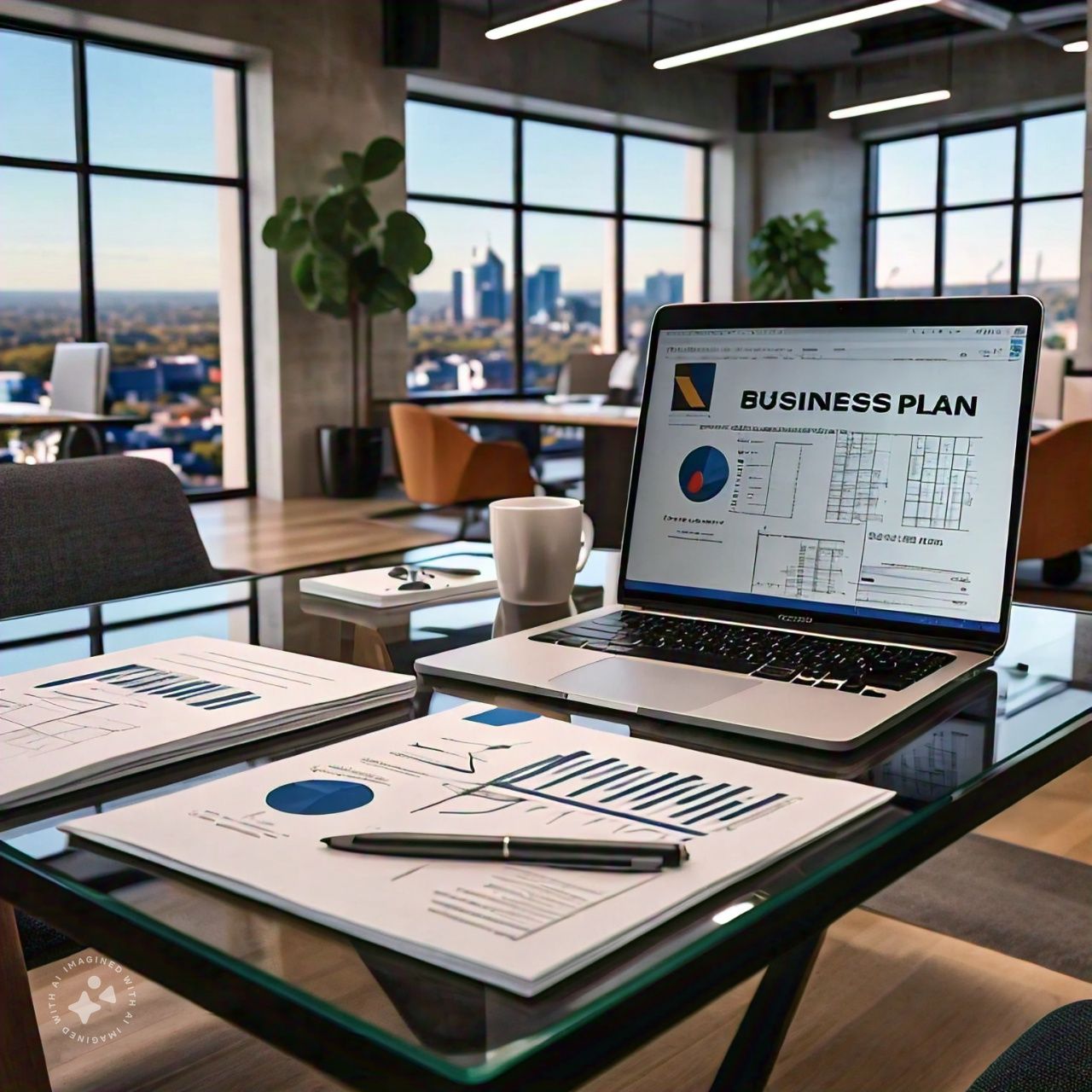








Leave a Reply